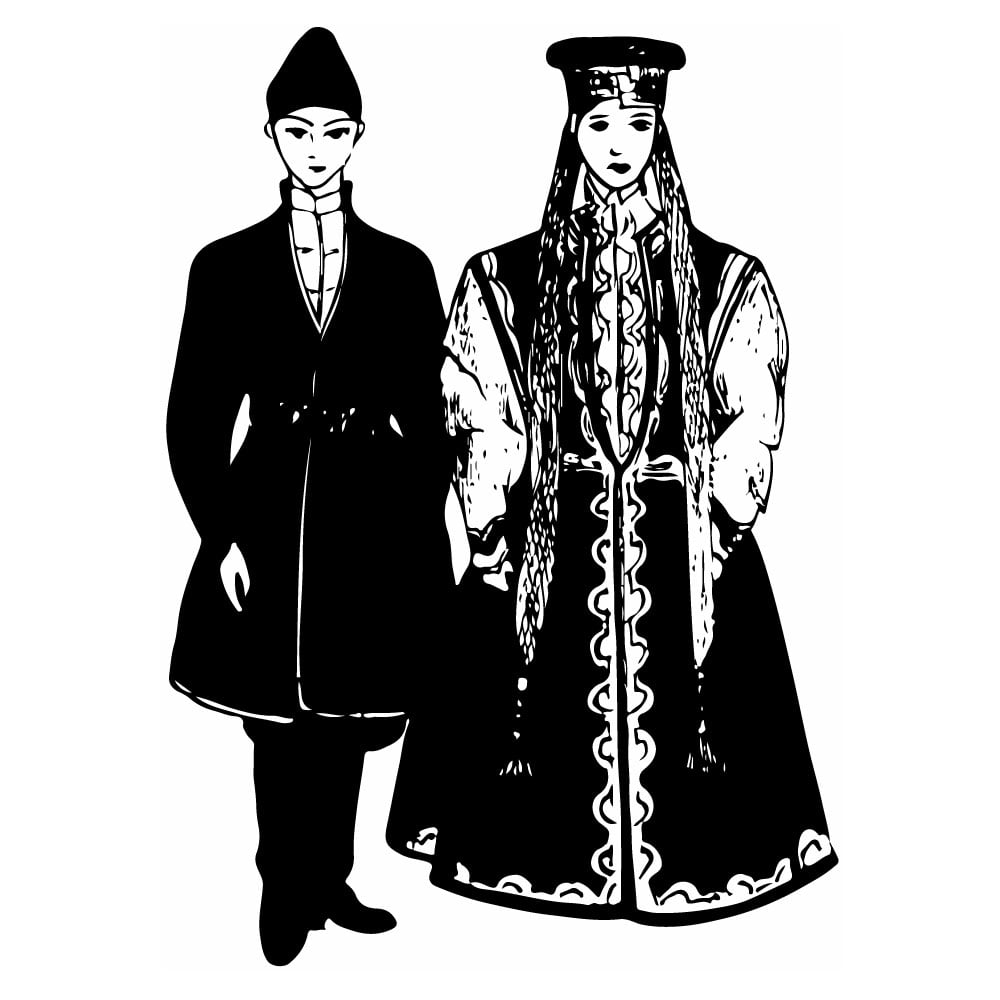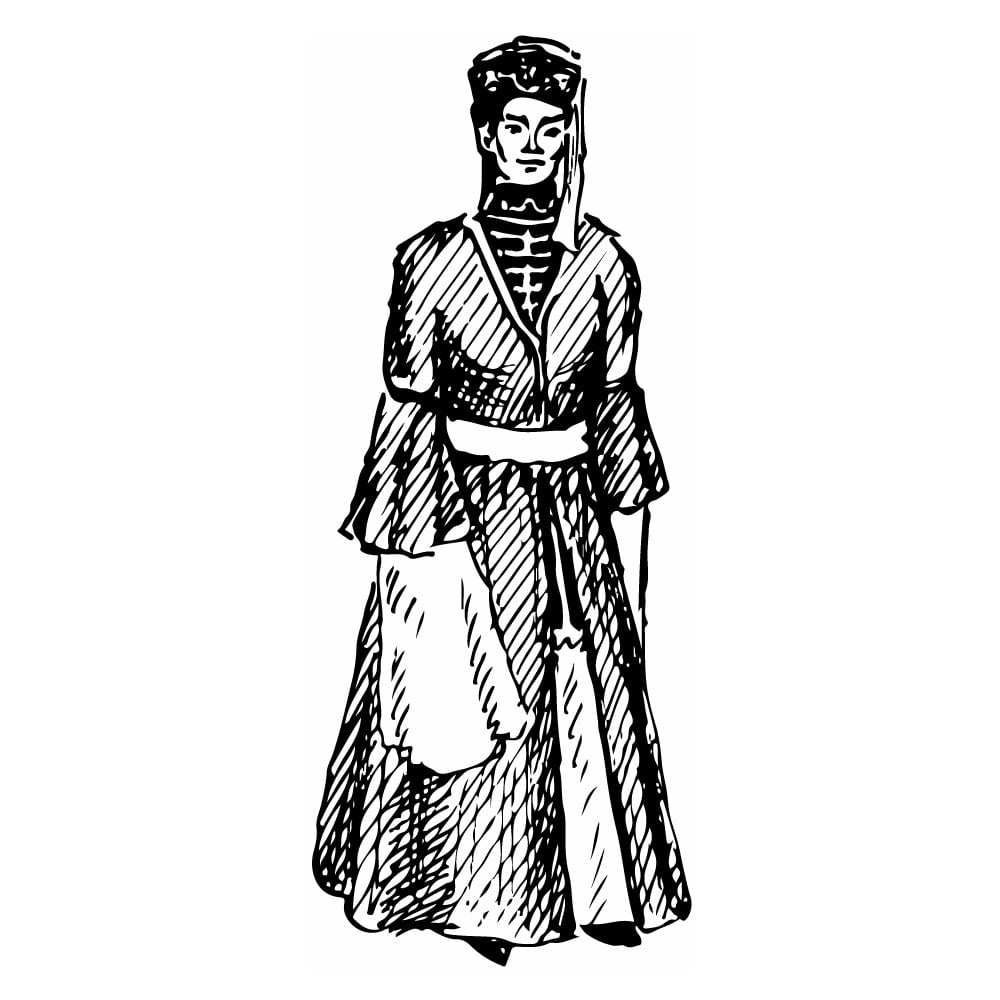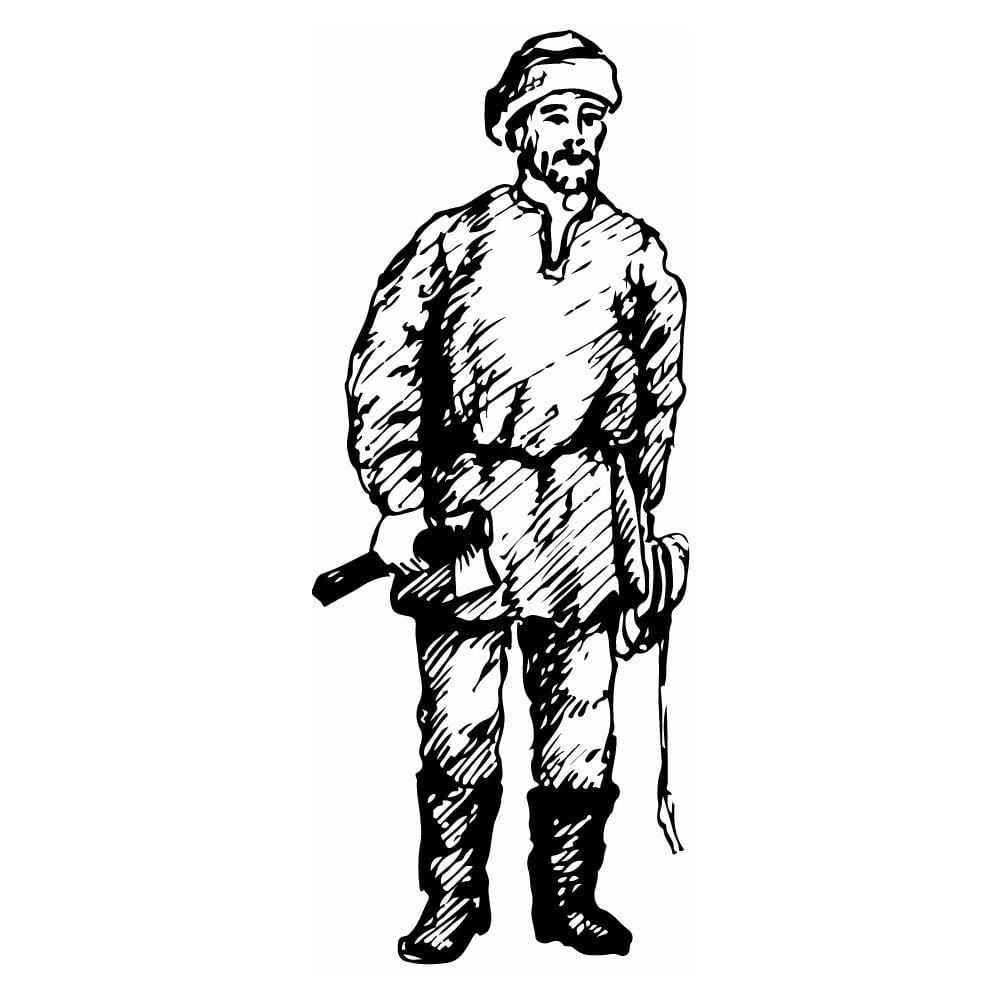Mari
| Population | 629,000 |
| Language group | Finno-Ugrian |
| Language | Mari |
| Region | The Mari, Bashkir, Udmurt and Tatar Republics |
| Capital | Yoshkar-Ola |
| Religion | Christianity |
*Population estimates for 1994
The Mari are tightly connected with the ancient population of the Volga Territories by their descent. The first steps in the formation of the Mari tribes date back as far as the beginning of the AD times. The whole process took place on the right bank of the Volga River partially embracing some left bank lands.
The Cheremiss is an old name for the Mari. They call themselves the Mari or Mariy. The name of the republic was taken after this one.
The first historic records about the Cheremiss can be found in the works of the Gothic historian Jordan (sixth century). They are also mentioned in old Russian chronicles.
In the process of their historic development the Mari interacted and mutually influenced with the neighboring peoples of the Volga Territories. At the end of the sixteenth century they began to move to Bashkiria. More intensively this process went on in the seventeenth-eighteenth centuries.
Cultural and historical ties with Russia became stronger on the verge of the twelfth-thirteenth centuries.
Geographically the Mari are divided into the Mountain Mari, Meadow (Forest) Mari, and East Mari. The Mountain ones are centered on the high right bank of the Volga; the Meadow ones can be found on the Volga Meadows; the East Mari live east of the Volga River, in Bashkiria and Tatar Republics as well as in other places. The major difference among these three groups can be found in language peculiarities, and partially in some traditions and life style traits. The Mari language belongs to the eastern branch of the Finno-Ugrian family. The written language is based on Russian alphabet. There are two varieties of the Mari written language: East Meadow and Mountain Mari. Books and periodicals are published in both.
Morals, manners and traditions of everyday life of the Mari changed much under the present-day social conditions. However, the Mari ethnography still preserves its originality.
Previously the national Mari clothes were exclusively homemade. They were made of hand-woven wool and linen. Modern traditional clothes have undergone great changes. Now, people make these items from factory-made material, however, traditionally, only one-color (primarily white) fabrics are preferred. One can also see embroidery and decorations which are much simpler than in old times. Men’s clothes have almost lost their traditional coloring. Only in few districts the embroidered canvas shirts can be found. Very few colorful ancient transitions have been preserved.
The Mari folk art is famous for wood carving (scoops, dippers with horse-, bear- and bird-like handles), pattern weaving, birch bark plaiting, metallic decorations, bent-wood and wicker furniture, poker-work patterned walking sticks.
Ancient embroidery is particularly attractive with its red patterns framed with black or blue color.
After the Mari became a part of Russia they were converted into Christianity; however, several groups of the Meadow Mari did not adopt it and up to the twentieth century they continued their pre-Christian occult practices.
This is Ad 1





























